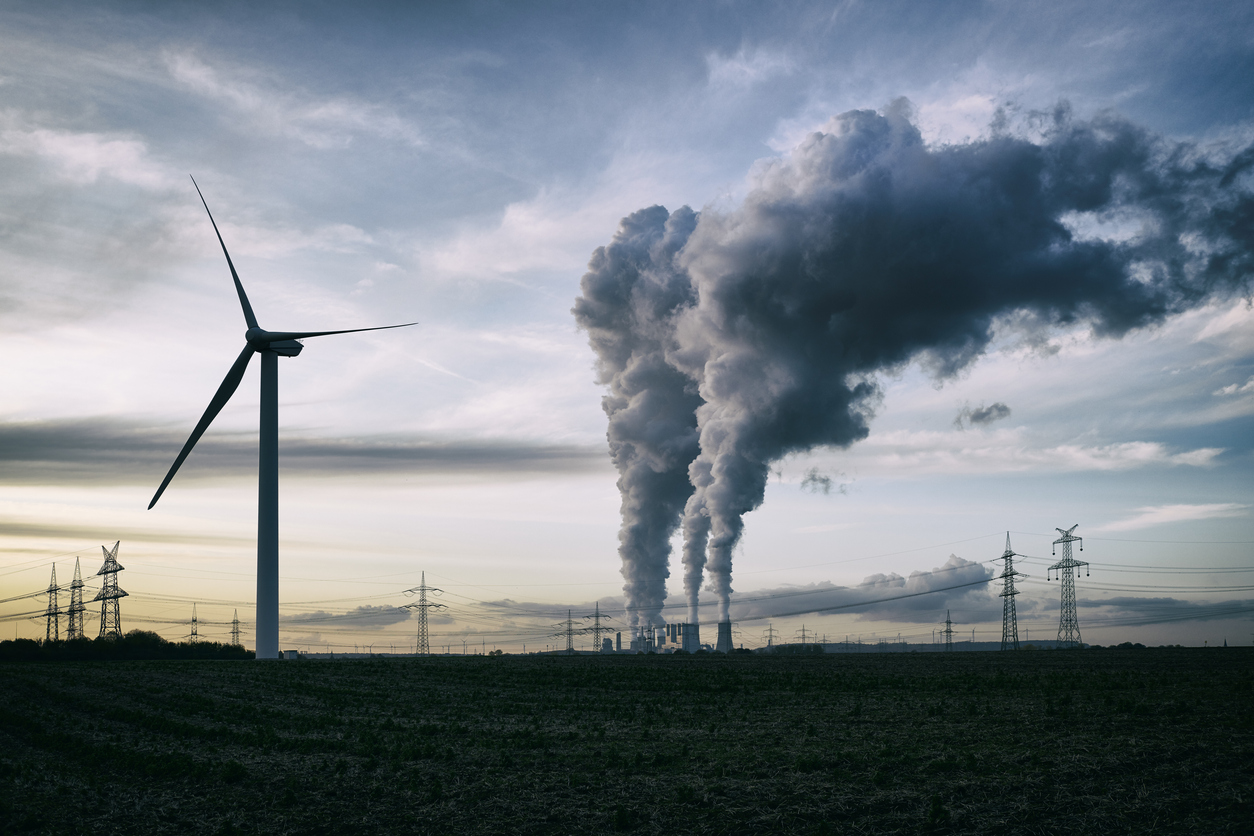
Have you thought about whether you could be held liable for pollution-related claims by third parties?
Even if you have Commercial General Liability (CGL) insurance, you may not be sufficiently covered for a pollution-related incident that causes environmental damage or physical injury.
Read on to find out about Pollution Liability Insurance and why it is essential for all contractors.
What is pollution liability insurance?
Pollution liability insurance or contractor pollution liability (CPL) insurance protects contractors from pollution or environmental issues that may occur during a project. In this context, pollutants may be any substance or material that isn’t naturally present in the specific environment.
Why is pollution liability insurance so important? Pollutants come in many shapes and forms, and not all of them are what you might expect. They don’t even have to be harmful to the environment or living creatures to be classified as a “pollutant.”
Many environmental pollution claims are the result of accidents. In many cases, the contractors involved aren’t even aware that they could be held liable.
For example, say an electrician is contracted to install an electrical system in an old building. If they aren’t aware that the wall contains asbestos and they drill through it, they may contaminate the premises with asbestos without knowing it. They could then be subject to a pollution suit.
There are many other situations where a contractor could be held liable. CPL claims can arise from incidents that cause physical injury, entail costly cleanups, or result in long-term health care.
Pollution liability insurance aims to directly address environmental pollution and reduce the effects of certain factors on the environment.
Oil and coal are a few examples of obvious environmental hazards. But many others can subject contractors to pollution liability. These include:
- Damage to natural resources
- Mold or fungi
- Transportation
- Dumping waste into non-owned sites
- Situations that require remediation or cleanup
Almost any substance or material can be considered a pollutant if it isn’t naturally present in a particular place. For this reason, it can be difficult for contractors to avoid being subjected to pollution liability suits in the course of carrying out their duties.
What does pollution liability insurance cover?
Most contractors have commercial general liability (CGL) insurance that protects them from liability for various issues that may arise from their involvement in a project.
But CGL insurance doesn’t adequately cover issues related to pollution and environmental safety. CGL insurance excludes coverage for injury, property damage, or cleanup related to pollution in many cases.
Some types of property insurance do provide coverage for pollution-related incidences, but these tend to be limited at best. Furthermore, the coverage often applies only to the first-party, with no coverage provided for third parties.
In a real-world scenario, this means that CGL insurance only covers the losses of the policyholder. If an oil company experiences an oil spill, CGL insurance will only cover the cost of the tank and oil. In most cases, there is no coverage for the environmental issues caused by the oil spill.
Do you require pollution liability insurance?
Pollution liability insurance is essential for the following contractors and vendors working in the construction industry:
Excavation contractors. Drilling and excavation could affect roads and the groundwater underneath.
Concrete workers. Working with concrete forms can cause residual contamination if the oil and lubricants aren’t appropriately managed.
Demolition specialists. Demolition work could cause disturbance to the community and release contaminants into the air.
Drilling contractors. Drilling could cause the cross-contamination of aquifers, especially if workers drill through contaminated soil or groundwater.
Electrical systems contractor. Cutting off power to perform electrical work could damage pollution control systems, impair their function, and release contaminants into the air. These activities could also affect sprinkler systems and electronic monitoring devices.
Interior renovators. Renovation and interior construction work could release fumes, cause emissions and spills, and cause chemical contamination. Various substances such as sealants, finishers, curing compounds, adhesives, and surface coatings could also be potential pollutants.
Roofers. Working on roofs and roofing materials could cause water to enter the building and possibly expose residents to toxic mold.
Steel erectors. Welding and cutting steel produces fumes that may adversely affect workers’ health.
Construction workers and specialists. Many possible scenarios involve exposure to hazardous materials or entail the risk of physical injury.
Conclusion
If you and your team regularly use hazardous materials, pollution liability insurance is essential. Even if you already have commercial general liability insurance, you need the added coverage that CPL insurance provides against possible pollution-related claims made by third parties.
About Arroyo Insurance Services
Arroyo Insurance Services was officially established in 1986, but we have roots dating back to before 1950. One of California’s leading client-oriented and independently owned agencies, we have over 140 employees with a combined experience of over 450 years, spread across 11 locations. We are committed to providing the best insurance and risk management services at the most competitive premiums, and backing it with hands-on service tailored to our customers’ needs. For more information on how we can mitigate your risks, contact us today at (877) 220-4769.




